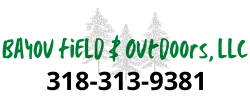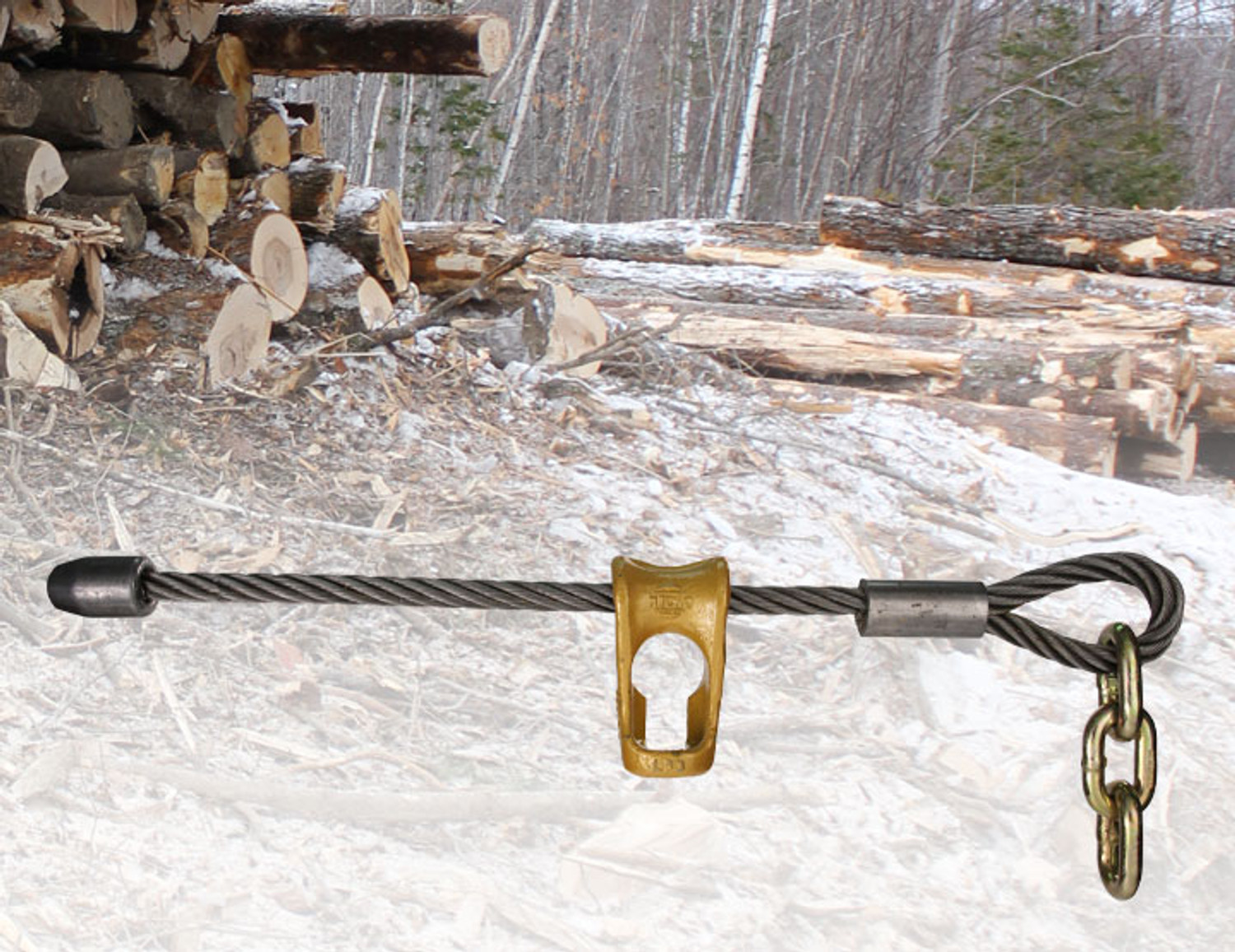7 Tips for Safely Using a Log Choker
Best practices for Log Chokers? Check out these seven helpful tips for safely using a log choker.
Keyword(s): log choker
According to recent studies, more than 78,000 people work in the US logging industry today.
In the logging industry, safety and efficiency are paramount. The use of a log choker, a vital tool for handling logs, underscores this point. Ensuring its proper use boosts productivity and safeguards your workers.
This guide offers detailed insights into safely operating a log choker, catering to both beginners and experienced professionals. By following these guidelines, you can minimize risks and maintain a secure working environment while using forestry gear.
Read on to learn more.
1. Choose the Right Equipment
The first step in using a log choker safely is to choose the correct equipment. This decision should be based on the specific requirements of the job.
The quality of the log choker and its compatibility with the size of the load you intend to move are key factors that should not be overlooked. Selecting the wrong type of log choker can lead to dangerous situations.
Log choker equipment failure is both inefficient and hazardous. Therefore, it's important to evaluate the task at hand and select a log choker that is designed to handle the size and weight of the logs you're working with.
2. Inspect Before Use
Before beginning any work, take some time to do a thorough inspection of the log choker. This step is crucial, as it helps identify any signs of damage that could compromise the safety of the operation. Here are a few things to look out for:
I. Wire Rope Condition
Examine the wire rope for any signs of wear, corrosion, or damage. Look closely for broken strands, kinking, crushing, "bird caging" or any deformations.
II. End Fittings and Connectors
Check the condition of end fittings, such as hooks and eyelets, for any cracks, distortion, or excessive wear. The connectors must be secure and in good condition.
III. Choker Loop
Inspect the choker loop for signs of wear or damage. The loop, often formed by a button or ferrule, should be intact and tightly secured to the wire rope.
IV. Length and Diameter
Verify that the choker's length and diameter are appropriate for the logs being handled. Using a choker that is too short, long, or thin for the load can lead to unsafe conditions
V. Identification and Markings
Ensure that the choker has legible identification and load capacity markings. These markings are essential for selecting the right choker for the job and for maintaining inventory and inspection records. Missing or unreadable markings can lead to the use of inappropriate or damaged equipment.
If any defects are found, the equipment should not be used until it has been repaired or replaced. Regular inspections ensure the integrity of the log choker and prevent accidents before they happen.
3. Wear Protective Gear
The importance of wearing appropriate safety gear cannot be overstated. Helmets, gloves, and eye protection are necessities. They protect your workers from potential hazards.
For instance, gloves shield the hands from cuts and abrasions, while helmets protect against falling debris. Eye protection is also crucial, as it guards against flying particles and dust.
Equipping yourself with safety gear like logging chokers, PPE and other safety supplies and truck safety supplies is a fundamental step in preventing injuries on the job site.
4. Ensure Proper Attachment
Attaching the log choker correctly is fundamental to the safe handling of logs. The choker must be wrapped securely around the log, ensuring that it is tight enough to prevent slippage but not so tight as to damage the wood.
A properly attached choker ensures that the log remains stable during transport, reducing the risk of accidents. Taking the time to secure the choker properly is a small but critical step in maintaining safety during logging operations.
5. Maintain Clear Communication
Clear and effective communication among team members is essential. This is especially true in environments where visibility is limited or noise levels are high. In logging work, where the stakes are raised, it's more important than ever.
Using hand signals, whistles, or other communication devices helps coordinate movements and actions, ensuring that everyone is aware of the operations in progress. This coordination is crucial for preventing accidents and ensuring the smooth flow of work while using forestry equipment.
6. Stay Clear of the Load
Once the log is in motion, it's vital to maintain a safe distance. The path of a moving log can be unpredictable, and staying clear of the load minimizes the risk of being struck or injured. Workers should always be aware of their surroundings and the movement of logs, ensuring that they are not in the path of potential danger.
Implementing safety zones around the areas where logs are being moved or processed is another critical measure. These zones should be marked and communicated to all workers, indicating where it is safe to stand during different operations.
7. Regular Training
Ongoing education and training are key to the safe use of log chokers and other logging equipment. Regular training sessions help keep all team members informed about the latest safety procedures. This continuous learning environment fosters a culture of safety and ensures that everyone is equipped with the knowledge and skills needed to operate safely.
To further enhance the effectiveness of these training sessions, incorporating hands-on workshops can be invaluable. These workshops allow team members to apply theoretical knowledge in a controlled environment, facilitating a deeper understanding of safe operating procedures.
It's also crucial to include case studies of past incidents in the training curriculum to highlight common hazards and teach strategies for avoiding similar situations.
Safe and Effective: Using a Log Choker
The safe use of a log choker is integral to the logging industry, requiring a commitment to safety protocols and best practices. As we continue to strive for excellence and safety in our forestry jobs, let's commit to practices that protect our most valuable asset: our workers.
At Bayou Field & Outdoors, LLC, our dedicated team understands the importance of safety and efficiency at work. Were passionate about supporting the logging industry with resources and expertise to ensure safe and efficient operations.
For more information or assistance with log choker safety, plus much more, please don't hesitate to contact us.




